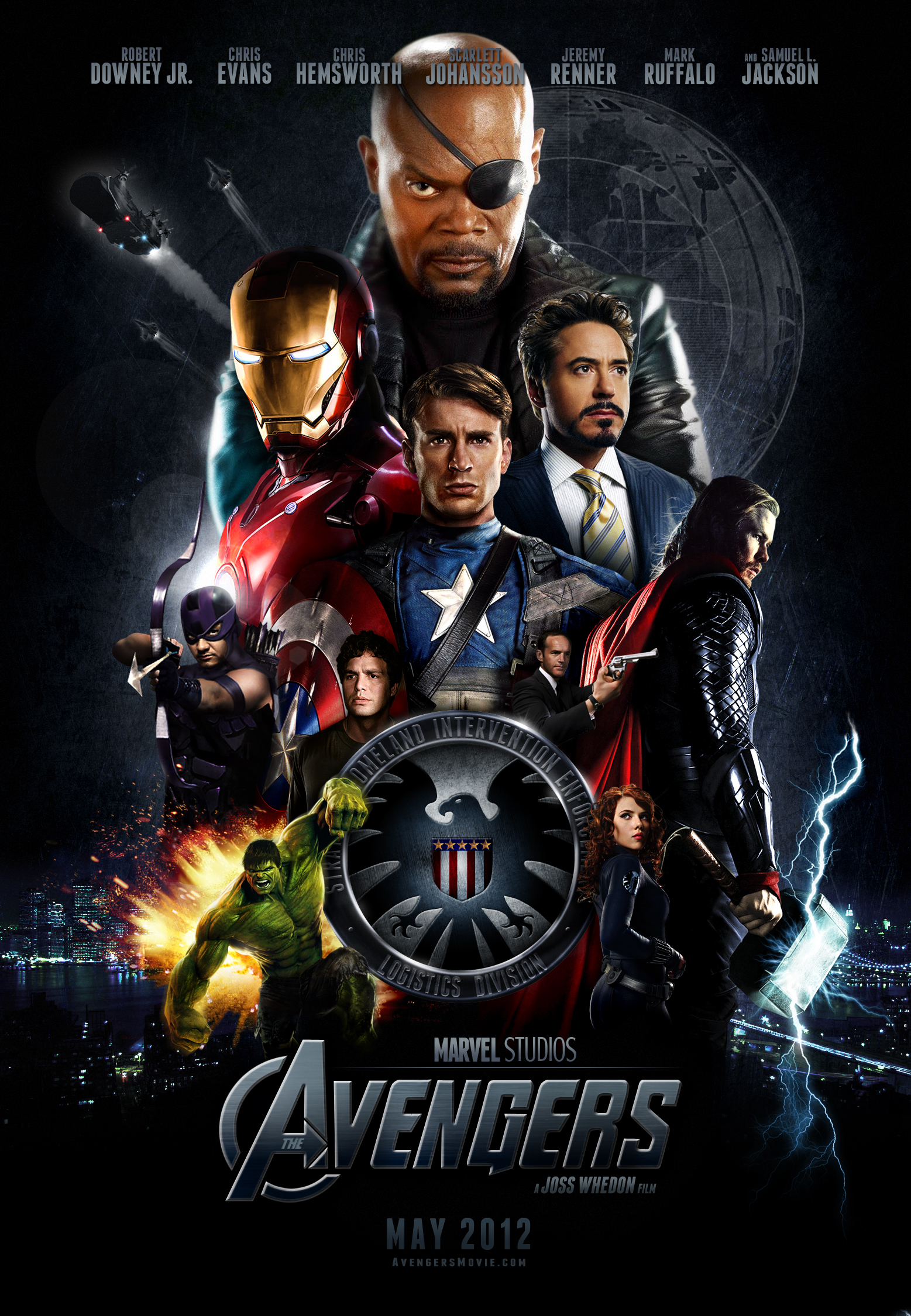In her music video Anaconda, Nicki Minaj dances brazenly and provocatively and at first glance, this piece seems to feed to the sexual connotations, further establishing the idea that women are solely the object of male pleasure. The artist, a vocal feminist, however, offers another interpretation that speaks of female sexual empowerment. So, which is it--is it empowering that a woman, let's not forget that a women of color, confidently expresses her body and sexuality or is it disempowering that an artist of color is hypersexualized?
One might simplify this by saying: men act and women appear. Men look at women. Womenwatch themselves being looked at. This determines not only most relations between men and women but also the relation of women to themselves. The surveyor of woman in herself is male: the surveyed female. Thus she turns herself into an object--and most particularly an object of vision: a sight. - John Berger, Ways of Seeing
Laura Mulvey, in her article Visual Pleasure and Narrative Cinema written in 1975 speaks of the male gaze in the film where women are observed through the eyes of a heterosexual man, who's most likely white. She emphasizes how women are simply passive on screen, being panned from head to toe like an exhibition, "freezing the flow of action in moments of erotic contemplation" (837). This theory then questions how women in the audience view themselves and other women while identifying with the male by default. Berger in Ways of Seeing notes the danger in this form of visual consumption for women who come to accept and value themselves as objects.
BuzzFeedYellow follows a similar theme and remakes a few commercials where the roles of women hypersexualizing food, are reversed as well.
 |
| The Avengers movie poster. |
The male gaze continues in movie posters such as the Avengers. Let's set aside the fact that there are only one or two women in a room full of men or that there's not much diversity in the cast. Let's focus on how the advertising where Scarlett Johanson, the Black Widow, is sexualized in comparison to her male co-stars. While the male superhero barely exposes the full body suit, the female anatomy is always visible, along with her defined curves. She must be portrayed this way to appear both physically strong and sexually appealing. In other Marvel films such as the Iron Man andThor, the heroine, no matter how smart and powerful, is almost always leaning towards the hero, as though she is dependent upon him (which most often she is, as the heroine's storyline is never self-sufficient but always entwined with that of the hero).
 |
| If the heroes of Avengers were to pose like the heroines, according to The Hawkeye Initiative. |
The Hawkeye Initiative, a project that brings attention to the hypersexualized illustrations in comics and movies, takes every female pose in comics and replaces it with the character of Hawkeye, resembling the same pose. The image that is recreated stresses the humor but also makes an important note about sexualizing men.
Although we're starting to recognize and become aware of the dangerous trail male gaze is leaving for the future generation, it is not enough to know. Because the media is a predominantly male, the film and tv companies keep producing and perpetuating same old narratives.
Works Cited:
Berger, John. Ways of Seeing. 1973.
Mulvey, Laura. Visual Pleasure and Narrative Cinema. 1975.
No comments:
Post a Comment